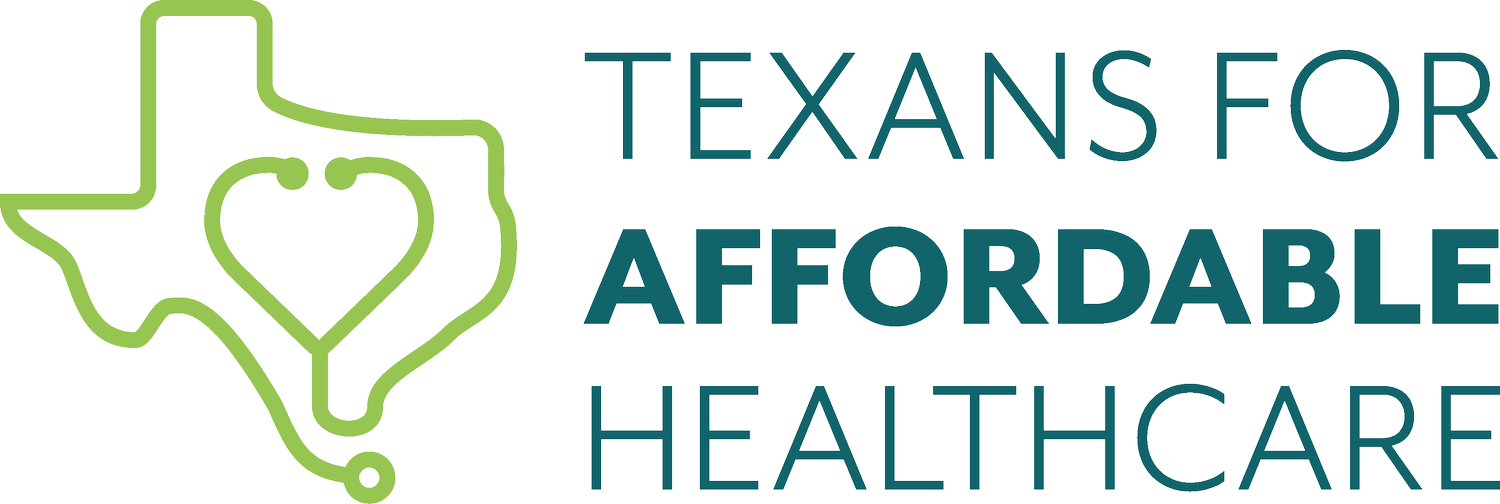Diabetes, weight loss and GLP-1s. Medicine, money, marketing and mandates.
By TAHC Executive Director Mia McCord
Today, most people have heard of a new round of “miracle drugs” that have hit the market. Demand for drugs like Ozempic, Wagovy and Mounjaro is through the roof, representing billions of dollars in sales for manufacturers like Eli Lilly and Novo Nordisk. Originally marketed solely as treatments for diabetes, they are now being widely used by and prescribed for people looking to lose weight. Each of these drugs is slightly different, but all of them are what is known as “GLP-1 agonists.”
In layman’s terms, these drugs mimic the hormone that tells our bodies it is time to produce more insulin after you eat. The production of insulin helps us lower our blood sugar levels, which in turn shuts off the “I’m hungry; feed me now” cravings that everyone has. If you are a diabetic like me, then you aren’t producing insulin and that craving never goes away, which makes it next to impossible to eat a normal and healthy diet.
I’m currently taking Mounjaro to manage my diabetes, and I’m happy to say it’s working. I’ve lost weight with the help of the drug and a really robust diet and exercise regiment, and I feel healthier than I’ve been in a long time.
There are a lot of success stories like mine, which means there has been a lot of chatter and excitement about these drugs. A lot of that chatter at the State Capitol in Texas – as is the case whenever there is a new drug or treatment – is about how to make that drug as accessible and affordable as possible. That’s a great goal, but I want our lawmakers to have three considerations in mind when they are crafting public policy.
1. GLP-1 drugs are expensive and there is no realistic way to provide access to all possible recipients through mandates and regulations.
It costs about $1000 per month, or $12,000 a year, to take a drug like Ozempic or Mounjaro.
About 10 million Texans have diabetes or pre-diabetes (about the same number that are obese). If all of these people were to be prescribed GLP-1 drugs, it would cost $120 billion a year to treat them. Remove the pre-diabetic population and it would still cost $32 billion a year. There is no way to painlessly cover that population – through any combination of employer-sponsored insurance, Medicaid, and Medicare – without hikes in premiums, co-pays and (for government programs) tax hikes or more deficit spending.
Like any new drug or treatment, mandating new coverage will drive up costs for everyone with private insurance, for employers who provide benefits, and for taxpayers who foot the bill for state-sponsored benefits. Because they are new, very expensive and have broad applications, GLP-1 drugs present a more obvious math problem than the other potential mandates the Legislature considers. But the real-world cause and effect is the same.
If legislators want to make these drugs more affordable and accessible, they could start at a different point in the supply chain: ask pharmaceutical companies why their new drug costs $1,000. Sure, they have to recoup their costs for research and development, but we all see the multi-million-dollar advertising campaigns on TV. A little known fact is that the United States and New Zealand are the only two counties in the world who allow for direct-to-consumer advertising. Perhaps it is one of the reasons that drugs costs in the US are 40% higher than the next highest spender, Canada. Could less money spent on advertising bring some of those costs down?
2. Diabetics should not be competing for life-saving diabetes drugs with people looking to lose weight.
Diabetes is an incurable and potentially fatal disease. It’s also the costliest chronic disease in America, with one out of every $4 in the health care system going to treating diabetes and its symptoms. In Texas, diabetes is an epidemic, with 12.4% of the adult population diagnosed with diabetes and an additional 34% with prediabetes, almost 10 million Texans in total.
There is nothing wrong with someone taking a GLP-1 to lose weight. However, we should make sure we are prioritizing access to this drug for people who are using it as originally intended. At one point, I was unable to fill my prescription for weeks because there was a run on the product. Any sort of government policies (frankly, any sort of private sector policies as well) should be crafted so as not to exacerbate that problem by offering coupons, discounts etc. to patients using these products for weight loss.
3. There are no “miracle” drugs and healthy living cannot be achieved through prescriptions alone.
Personally, I know that my success on this drug would not have happened without a serious change in my diet and mental health. It is all connected. My unhealthy relationship with food has over and over again led me to failure in dieting and healthy, sustainable habits. And, continuous yo-yo dieting has led to an even more unhealthy relationship with food.
When I was put on a GLP-1, my appetite and cravings were immediately curbed. I used this to make a lifestyle change under the supervision of my doctor. First, we stopped using the word “diet” in our house. Second, we, as a family, adopted a Mediterranean way of eating. These two steps have changed the way our whole family views food. We collectively make healthier food choices.
Diets trigger a thought of depravation. It is more about what you cannot eat than what you can enjoy. I did not clear the pantry or ban sugar. Instead, we give ourselves permission to have that piece of cake, eat a donut, enjoy a weekend of gameday food. Nothing is banned, but our mindset is more about moderation. The decrease in appetite and cravings due to the drug helped to create these new habits. This is where the medication and the lifestyle change go hand-in-hand.
The final piece to the success I have seen is taking care of my mental health. My emotional connection to food, using food to cope with stress, depression, anxiety, is debilitating. It is the root cause of my decades’ struggle with eating disorders. But, until I actually came to terms with this, any diet or lifestyle change was doomed to fail from the get-go! Proper medication paired with meditation, prayer, counseling (every person is different) is the only way to dig out from the suffocating hole of depression, anxiety, and food addiction.
Future of Policy
I share all of this because the inevitable is coming. The writing is on the wall. How many pieces of legislation will we see during the 2025 legislative session mandating health insurance coverage of GLP-1s, not only for diabetes but also prediabetes and obesity? For all the reasons shared above, this approach will not drive down costs and will not have the effect of long-term decreases in diabetes numbers.
Despite my success on these drugs, I will testify against a blanket coverage mandate for GLP-1s. I want people to experience the success that I have, but policy initiatives must be carefully calculated and backed by research and long-term effectiveness.


